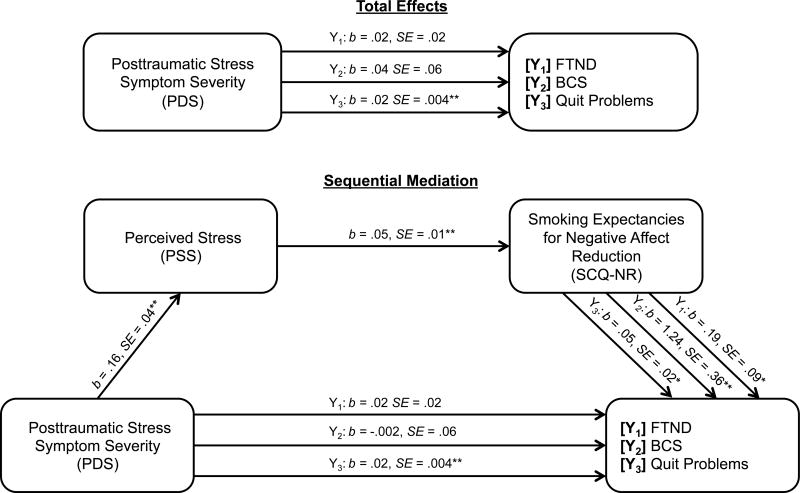Figure 1. Proposed model: Perceived stress (PSS) and negative affect reduction smoking expectancies (SCQ-NR) as potential explanatory variables for the effect of posttraumatic stress symptom severity on smoking criterion variables.
Note: N = 363 for analyses of models Y1–Y3. ** p < .001, * p < .05. Predictor: PDS (Posttraumatic Diagnostic Scale16); Mediator1: PSS (Perceived Stress Scale7); Mediator2: SCQ-NR (Smoking Consequences Questionnaire Negative Reinforcement/Negative Affect Reduction Subscale22); Y1: FTND (Fagerström Test for Nicotine Dependence31); Y2: BCS (Barriers to Cessation34); Y3: Quit Problems (Smoking History Questionnaire20). Covariates included gender, health, Positive and Negative Affect Scale-Negative Affect subscale,35 Smoking Consequences Questionnaire-Positive Reinforcement subscale,22 and Smoking Consequences Questionnaire-Appetite/Weight Control subscale22.

